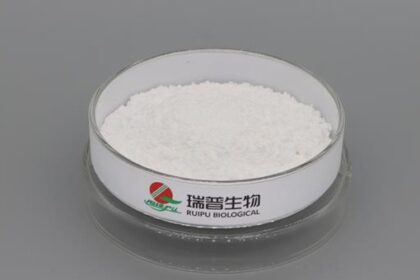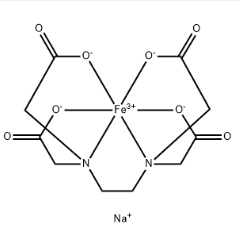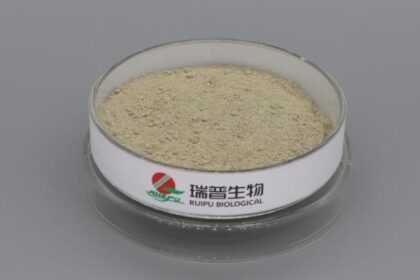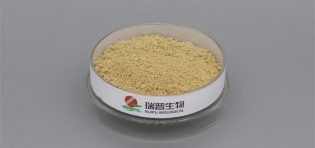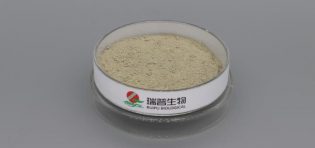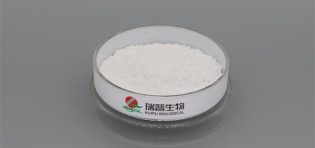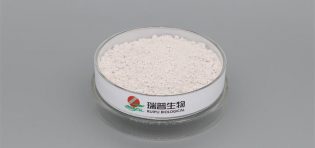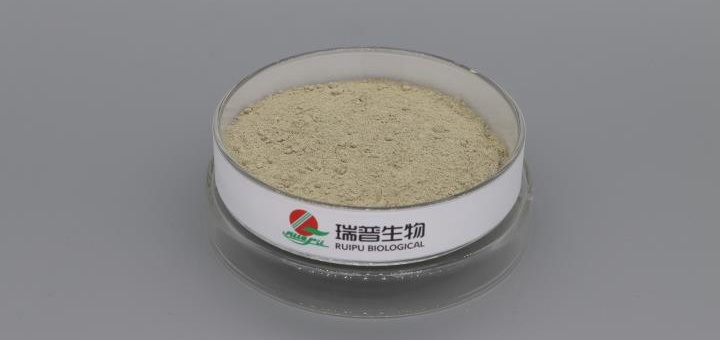
The biosynthetic pathway of Ferrous Gluconate mainly involves the oxidation of glucose and complexation with ferrous ions. The following is the specific content of relevant studies:
Enzymatic synthesis of gluconic acid: Enzymatic synthesis of gluconic acid is one of the key steps in the biosynthesis of ferrous gluconate. Using the specificity of glucose oxidase, glucose is dehydrogenated to gluconolactone under the action of molecular oxygen, and then gluconolactone is hydrolyzed to produce gluconic acid. Hydrogen peroxide is generated during the reaction, which needs to be decomposed into oxygen and water by catalase to increase the dissolved oxygen concentration in the reaction system and promote the conversion of glucose. For example, some studies have added glucose oxidase and catalase to a buffer system, then fed high-concentration glucose and hydrogen peroxide mother liquor. Glucose oxidase catalyzes the synthesis of gluconic acid, and catalase catalyzes the decomposition of hydrogen peroxide to produce oxygen. When the dissolved oxygen value in the reaction system is around 200%, the conversion rate of glucose can reach 99%.
Complexation of gluconic acid with ferrous ions: After obtaining gluconic acid, it can be complexed with ferrous ions to form ferrous gluconate through methods such as ion exchange. For instance, using glucose as a substrate, gluconolactone, chitosan, and calcium alginate are used to co-immobilize glucose oxidase and catalase to catalyze the oxidation of glucose. After neutralization, sodium gluconate is obtained, and then the sodium gluconate solution is passed through a ferrous ion exchange column to obtain ferrous gluconate.
Microbial fermentation synthesis: Some microorganisms, such as rhizobia, can convert glucose into gluconic acid during metabolism, and the intracellular environment of microorganisms may be conducive to the complexation of gluconic acid with ferrous ions, thereby realizing the biosynthesis of ferrous gluconate. For example, some studies have monitored the process of glucose dehydrogenation to gluconic acid in live cell suspensions of Rhizobium meliloti strains by NMR spectroscopy, and found that the synthesis of gluconic acid is accompanied by the formation of two types of gluconolactones. These lactones and gluconic acid can be further metabolized by cells, providing a theoretical basis for the microbial fermentation synthesis of ferrous gluconate.

